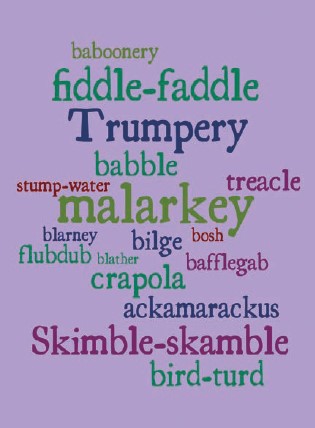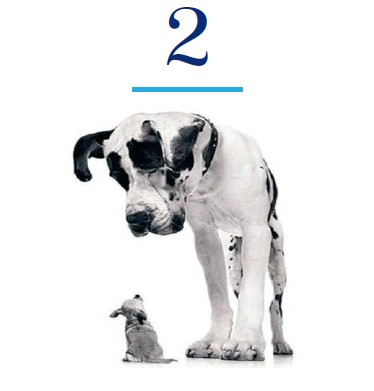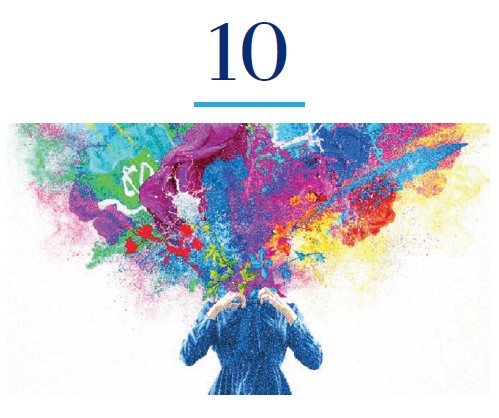Brief
Detecting BS in Health Care 2.0
Disclosure: This presentation contains no BS. Moreover, it was not composed in any facility manufacturing BS.
Lawton R. Burns, PhD and Mark V. Pauly, PhD
Introduction

In our initial report “Detecting BS in Health Care,” we identified our top ten BS concepts and trends within the health care industry, and encouraged our readers to hone their “BS detection skills.” Many of you have let us know that we “left some BS on the table.” For example, there are more Old English terms for BS that we missed—such as babble, bafflegab, bilge, blather, blarney, bosh—and these are just from the b’s.
There is so much potential BS and so little time to refute it. The “BS Asymmetry Principle” states that the energy needed to refute BS is exponentially bigger than what it takes to produce it. Moreover, research suggests that not only is BS easier to produce than to refute, it also spreads faster and farther than the truth due to social media, and is compounded by the existence of a “New Age Bullshit Generator” that effortlessly spews out this stuff.
Beyond that, we committed the cardinal sin among academics of doing an incomplete review of the BS literature. The preponderance of BS is reflected in the numerous monographs, articles, and symposia on the topic, such as:
- The Rise and Fall of Strategic Planning; Billion Dollar Lessons.
- Articles in the Wall Street Journal, Scientific American, and Judgment and Decision Making.
- Articles in the Journal of Experimental Social Psychology (March 2018) showing that people spread BS when they feel obligated to have an opinion regarding a topic they know nothing about (and when they feel they won’t be challenged on it) — what is referred to as “The Ease of Passing BS Hypothesis.”
- Session at the Annual Conference for Personality and Social Psychology (Spring 2018) on “Bullshitting: Empirical and Experiential Examinations of a Pervasive Social Behavior.”
We’re standing on some pretty broad shoulders of others who are knee-deep in this stuff.
We realize, of course, that just like movie sequels, this second edition isn’t likely to live up to the first. Our first go-around went after the low-hanging BS—stuff that everyone knows is real BS. This time around we make bolder assertions about other possible forms of BS—including some sacred cows—that might make some readers uncomfortable.
Varieties of BS
In our previous report, we suggested the need for a screening mechanism to identify widely touted slogans, platitudes, and unrealistic aspirations with little or no empirical support. We provided some examples, but we realize that we did not deliver on the premise that (mixing metaphors) there is a way to sort the wheat from the chaff when it comes to detecting BS. This report offers some examples of what we think will be an important distinction in this effort—the difference between total BS and partial BS.
By total BS, we mean concepts and slogans with no socially redeeming value because they have no supporting evidence, are conceptually vacuous, and/or logically inconsistent. These empty vessels are nevertheless fairly common and more arrive every day, but they also tend to be easy to spot and ephemeral (though often replaced by a new version of total BS). Partial BS, by contrast, may have supporting evidence in some contexts, but are widely misused and wildly stretched to become a universal sentiment to be applied without further thought or qualification. Because there is an element of truth to this latter set, they tend to be harder to pick out a priori and more durable in management and policy discussions.
Below we provide some examples of both categories. BS muddies the waters (depending on your definition of “mud”) but we hope to offer some filters for greater clarity. As in our previous report, we introduce each type of BS with a picture and offer the reader an opportunity to identify the underlying problem.
See if you can guess what each is before checking your answer in the full report:










